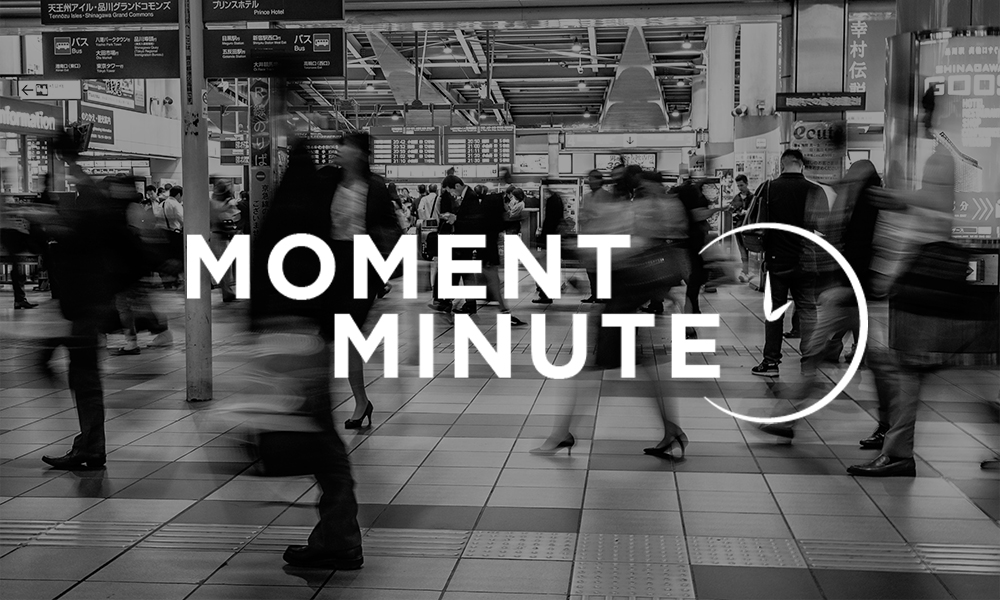Imagine if once every seven years, every resident of the United States gathered at one place, at one time, to hear the president read from the Constitution. Just after the Fourth of July, from all over the country, we’d pour onto the National Mall, or gather at the Grand Canyon, or in the cornfields of Indiana—wherever we could all fit—to rub shoulders with people from every corner of this massive country.
The logistics would be formidable: think Times Square at New Year’s but on a much larger scale. People would likely need to block off weeks to attend. After days of concerts, rallies, exhibitions, and open markets, the appointed hour would come. Everyone able would be required to stand. A hush would fall over the endless sea of heads, and then, on jumbotrons, we would see the Speaker of the House hand the original Constitution to the Senate majority leader, who would then pass it to the vice president, who would pass it to the chief justice of the Supreme Court, who would finally pass it to the president. With a clearing of the throat, he—or she—would begin:
“We the people of the United States, in order to form a more perfect union, establish justice, insure domestic tranquility, provide for the common defense, promote the general welfare, and secure the blessings of liberty to ourselves and our posterity, to ordain and establish this constitution for the United States of America.”
What impact would this once-every-seven-years ritual have on our national civic consciousness? Our self-conception as a body politic? Our democracy?
This is what our ancestors did. In Deuteronomy 31:9-13, Moses charges the elders of Israel to assemble Hakhel (all the people)—the men, the women, the children, even the sojourners—and to read to them from Torah, the Jews’ foundational national text. This Hakhel ceremony included all the scripted pomp described above (minus the jumbotrons), and occurred just after the close of every shmita, or seventh year, at the Temple (while the temples were active). During shmita years (which 5782 was), no fields were cultivated, debts were released, Hebrew slaves were freed and ownership of land reverted to the ancestral occupant. After this time of renewal, and after all the penitential purification of the High Holy Days, all of Israel would gather to renew the covenant and revitalize the tradition.
Aharon Ariel Lavi, whom I interviewed for my article on shmita, says in his book Seven that Hakhel was an important tool in building social cohesion, an “opportunity to reexamine our place within our communities, or in fact to create a community around us for the first time.” In contrast, medieval biblical commentator Ibn Ezra asserted (rather optimistically) that the reading from Torah served as a capstone for all the increased study made possible by the sabbatical year for those assembled. (In that vein, here are “Five Books to Be an Educated Jew.”)
This may be just as optimistic as Ibn Ezra, but in this time of heated polarization in the United States (of which this issue’s Moment Debate is just one example), wouldn’t it be a beautiful thing to do anything with every other person in our country?
Along with fellow Americans in many other forums, we at Moment write a lot about our imperiled democracy. As we begin a new Hebrew month, year and shmita cycle, stay tuned for more independent coverage of our tumultuous times, from a Jewish perspective. G’mar chatimah tovah!

